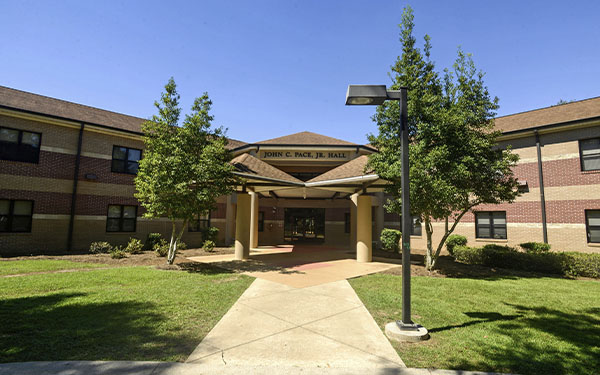Study Abroad
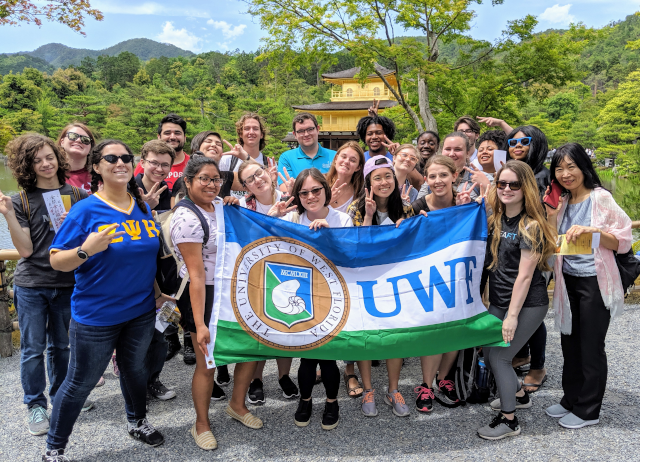
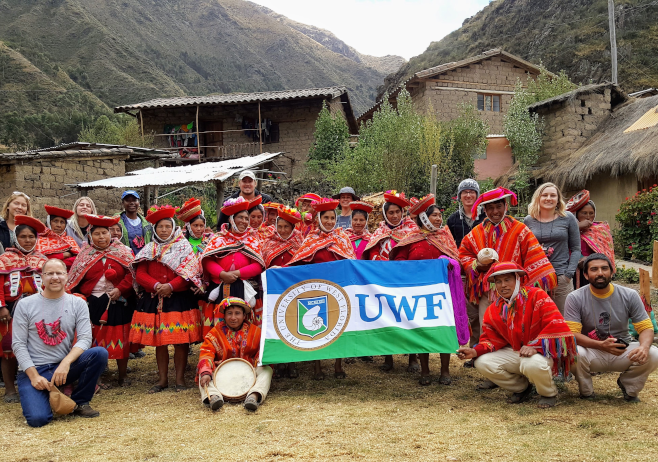
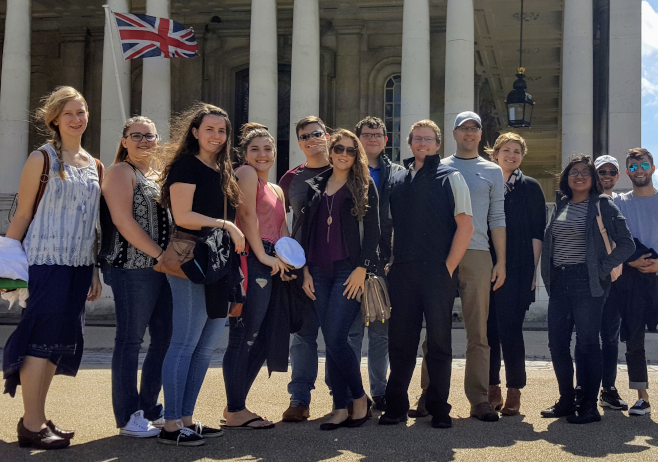
Student Reflections
Japan and Korea
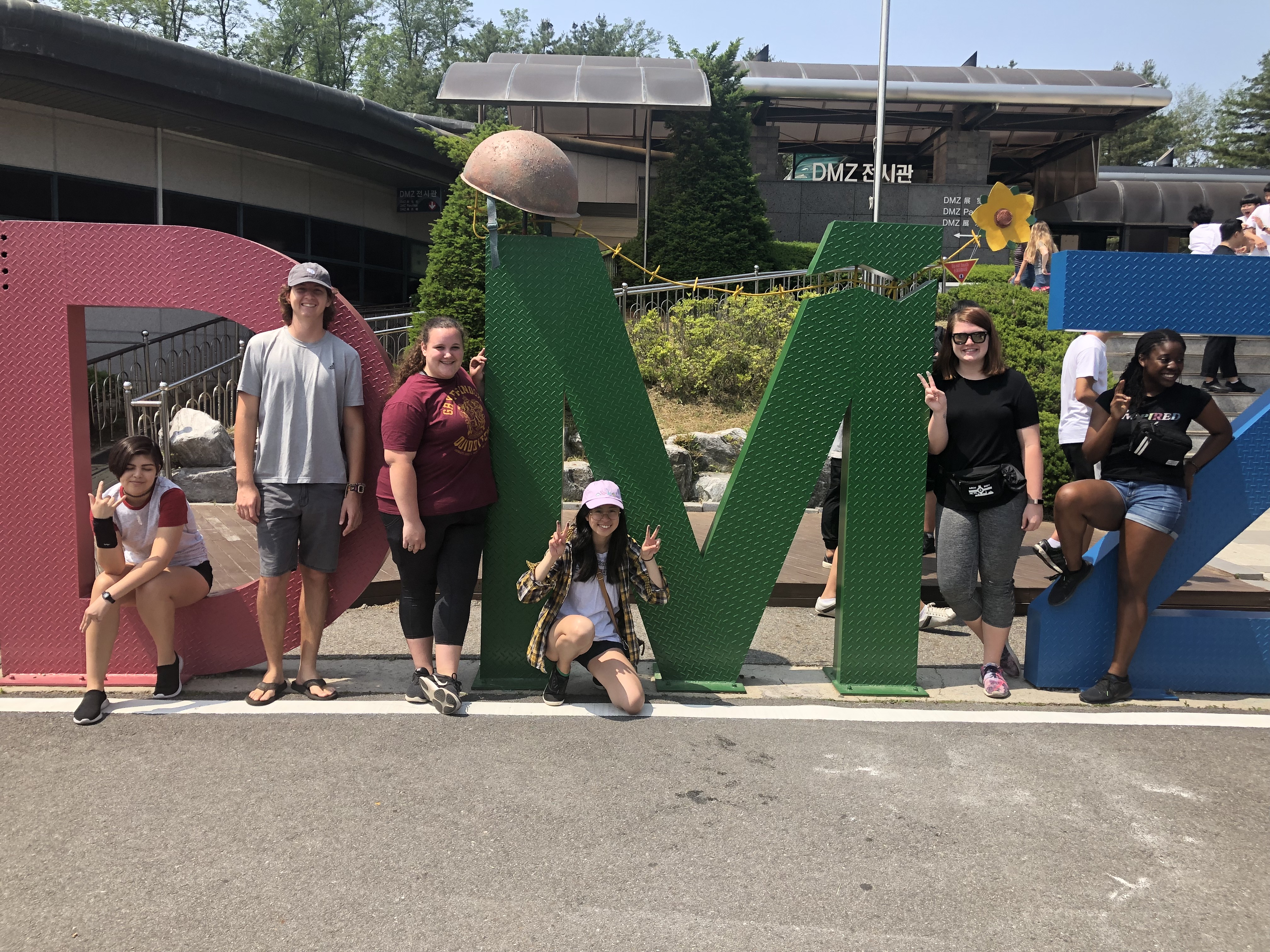
On June 4th, we loaded the bus and started the journey to the 38th parallel in Paju. Although South and North Korea are technically in a war stale-mate, I never felt like I was in danger, but the tension was palpable. I was hyper-aware of the armed military guards and always grateful to be able to easily and safely access a place that caused so much destruction. But what surprised me most was that every stop in the DMZ tour had a gift shop and was made to be very touristy.
The Third Infiltration Tunnel is one of the many tunnels created by North Korea to infiltrate South Korea found under the DMZ. We got to walk over 200 meters in the tunnel, and I was amazed at how the North Korean soldiers secretly built a tunnel of that capacity, as it was over 1,000 meters long. This was a very unique experience that is not possible at any other place.
Next, we went to the Dora Observatory, where we could look into the North Korean villages and their villagers. These villages included a real working village and a fake, uninhabited—propaganda village. At the observatory, we saw people working in the fields, guards at their posts, and the North Korean flag flying high—and the massive gold Kim Jung Un statue. What surprised me was the lack of military guards on the deck. The idea that I was able to go to what once was the most dangerous place in the Koreas safely—was surreal. It was emotional, as at some parts of the tour, we saw flags and strings tied by families split by the border.
—Emma Grider
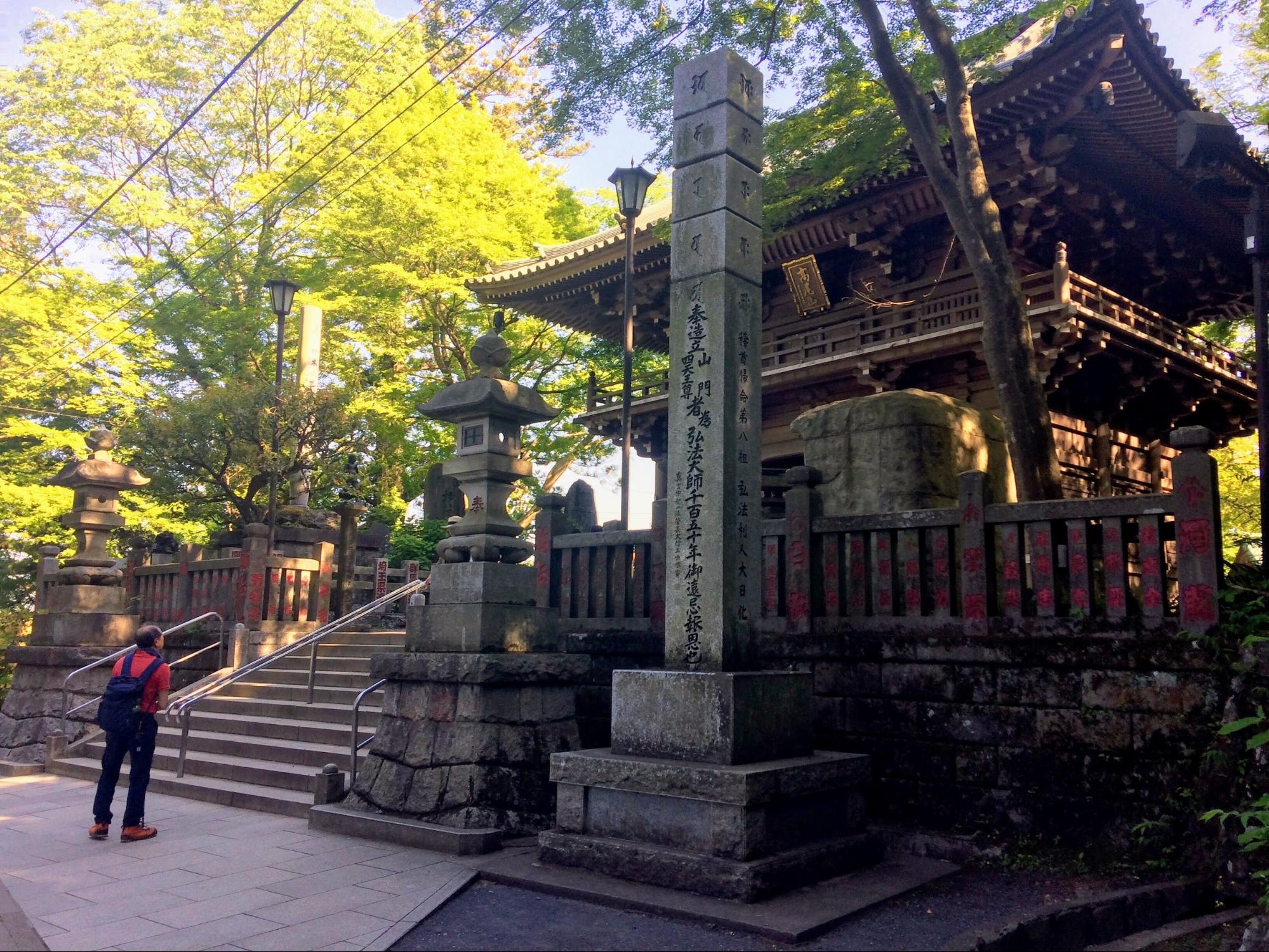
Among the most impactful experiences I had during my trip to Japan and Korea were the visits to several religious sites. I found myself particularly fascinated by Kamakura’s Zeniarai Benten shrine and the Buddhist temple at the summit of Mount Takao, both located within the Greater Tokyo Area. Both sites were roughly an hour’s travel from Tamagawa University, our home for much of our time in Japan, but despite the minimal distance, they could not feel more dissimilar from the sprawling urban centers that were practically next-door.
While the architecture of the temples is a key aspect of their grandeur, the surrounding landscape seemed, at times, to play an even more important role. Nearly every site I visited was characterized by lush forests, picturesque mountain vistas, and a wealth of other natural features. Moreover, entry required not only crossing the physical boundary of the temple, but also, in many cases, a strenuous hike through areas of breathtaking natural beauty—a simultaneous mental and physical journey. Miscellaneous other elements, including the ritual hand-washing done upon entering, further emphasized the clear separation from the outside world and lent the experience an even greater sense of majesty.
During our travels to both Kamakura and Mount Takao, we were accompanied by several students from Tamagawa University, including one who had previously worked at a shrine in her hometown. They not only helped us navigate the train system, but were also able to explain many aspects of Japanese religious tradition. I feel incredibly fortunate to have witnessed so many Shinto and Buddhist sites, and believe merely reading about such places cannot compare to the more visceral experience of actually visiting them firsthand. I thoroughly feel my travel has broadened my understanding of other cultures, and I cannot express how great of an impact it has made.
- Mason Hutchison
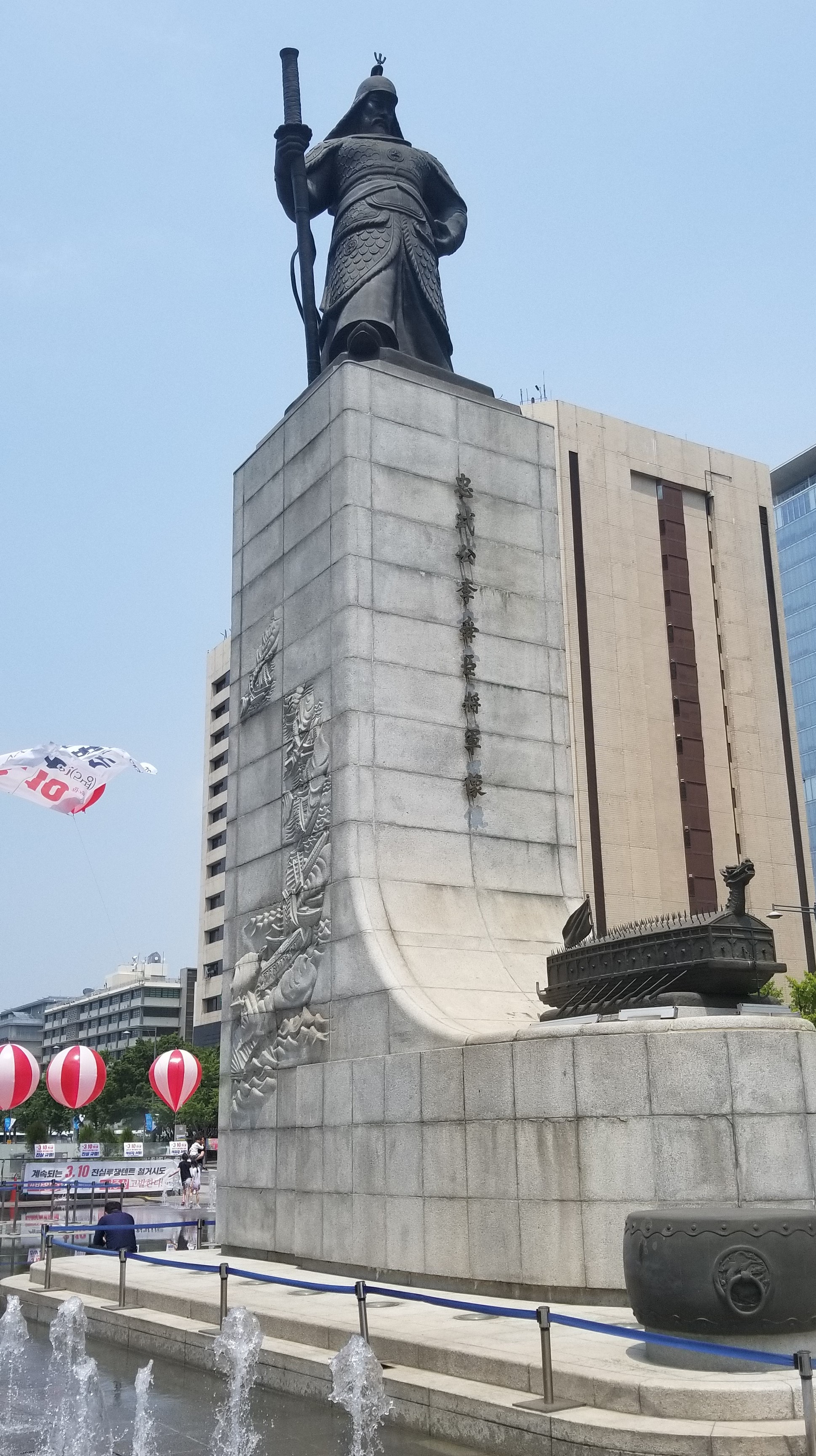
It was a warm summer day in Central Seoul. Our tour bus dropped us, 22 American students, off at Gwanghwamun Plaza, where statues of historical Korean heroes can be seen juxtaposed to a calm city park with fountains and green space. Present at Gwanghwamun Plaza that day, alongside the usual tourists and city folks looking for a brief respite from their busy day, was a large gathering of protesters affiliated with a far-right political party in Korea. The cornerstone of this party was its defense of former president Park Geun-Hye, who had been sentenced to prison two years prior. The protest itself was mainly populated by older Koreans, with many American and South Korean flags proudly displayed across the plaza. I had the opportunity to speak with one of the organizers of the event, who laid out, as best as he could, that Park Geun-Hye was wrongly accused and that current president Moon Jae-In is a communist. He briefly mentioned and praised Donald Trump in an interesting crossover with American politics. There were many graphics and stand-up displays around the protest, some showing graphic depictions of the protests following Park’s removal from office, claiming that the three deaths that occurred on the first day of the protests were a conspiracy committed by the government. As an American living in a time of deep political division, I believe it was significant to see that political division is not uniquely American. The protest that day was not historic or very important, in fact, the political party organizing the protest is a very minor player in South Korean politics. It was, however, a reflection of the fact that politics is not just entertainment or something that exists within a vacuum, far away from the demands of everyday life. Politics, particularly in times of deep division like we Americans are experiencing right now, is everywhere and reaches into many parts of our lives. This isn’t a new or ground-breaking conclusion, but it is important nonetheless.
-Benjamin Kinnard
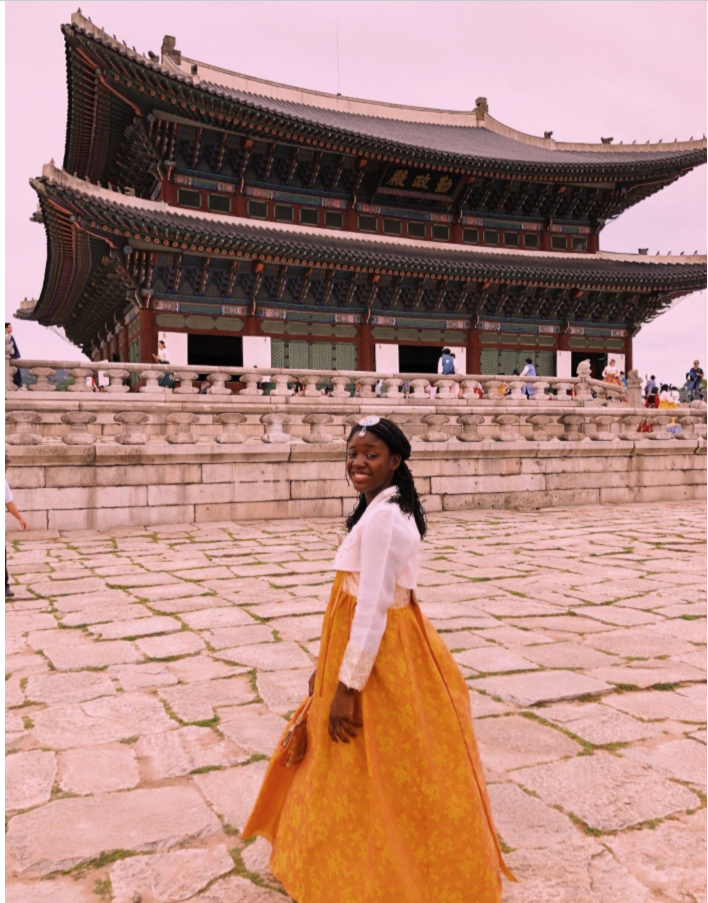
I had so many amazing experiences in Japan and Korea. However, one of my favorites was dressing in the traditional Korean dress, hanbok, with fellow student Vivian. Men, women, and children dressed in beautiful traditional attire and made their way to the Gyeongbokgung Palace. The streets were painted with every color in the rainbow from the beautiful attire worn by the people. Young couples, newlyweds, brothers and sisters, foreigners, and generations of family all come together to dress and take pictures at the palace. Vivian and I decided to rent hanboks to take pictures as well. We watched others pose and came up with creative poses ourselves. It was such a joyous experience and allowed us to grow closer and even make friends while we were there. The whole experience of dressing up to take pictures reminded me of doing family pictures in the states. However, seeing all of the different types of people come together to take pictures at such a beautiful palace was unlike any family pictures that I have heard of. Being in a different culture was an experience everyone should have at least once. Although it can be scary being surrounded by things completely foreign, by being open you allow yourself to learn so much and you fulfill a part of your life you never knew you had to fulfill. It’s important to get involved with other cultures whether it takes you to travel, read, try new dishes, or meet people of different cultures.
—Alex Mason
Peru

A little girl I stumbled into on the street our second day made the biggest impact on me. Tears and rain were streaming down her face, so we huddled under a ledge. All my attempts at communicating were futile so I gave her a piece of candy instead to console her. She was uncertain of the object and gave it back. She fiddled with a small banana she was holding; it had begun to rot, brown and mushy. I peeled the fruit for her and she tore into it like chocolate cake, leaving her grief behind. We sat there in silence, exchanging glances and meek smiles and I wondered who I’d be if I’d been born there. I wondered what she thought of me. I wondered if she’d ever travel to another country one day. I pondered ethnocentrism, the empathy I felt for her, and the innate similarities between her and I. Life seemed so arbitrary.
The third-world experience of a life lived far different from my own heightened my awareness and appreciation for every opportunity I’ve had in my life but also for what’s outside my tiny piece of the world.
—Haley Adams

Upon our arrival in the village, the scenery changed from a treacherous mountain road to a rush of mudbrick homes and buildings encased by cloud-tickled mountains. On the single road that went through the village, the sights that welcomed me were scruffy dogs scattering about and school children playing football in a field scarce of grass. With welcoming grins and curious twinkles in their eyes, the villagers greeted us individually with hugs, kisses, and handshakes. Then the natives played wooden recorders, beat on a drum, and blew on a conch shell like a trumpet while others danced in a twisting and circling step pattern to the live music. Once we thought it had ended we all clapped for the performance; however, it was now our turn to dance with them. A one-to-one ratio of villagers to travelers danced around the yard in an unrefined version of the villagers’ dance. As I danced with one of the natives, feelings of awe, joy, and pure content washed over me. Watching this man, all my fellow travelers, and other natives harmoniously frolic around with such carefree attitudes, laughing and smiling, as we trip over our own feet was a timeless memory I will never forget being a part of.
—Leila Harris

Initially, I was anxious to be dropped off in the village. Students were assigned to different host families, which meant that we were isolated from one another at many times of the day. Although some could speak Spanish, villagers spoke primarily in their native language of Quechua. This meant that there was a huge language barrier due to the fact that both parties were speaking Spanish as a second language. Temperatures were freezing at night, and there was no internet or cell phone reception. Despite all this, staying in Huilloc was the most special and influential part of the trip for me. We got to see firsthand how these people live. Even though they had so little, the people appeared to be so joyful. The parts of the visit that scared me the most ended up being my favorite parts. Communicating with my host family was difficult but rewarding because we were able to find ways to relate to one another. I was worried about eating the food in Huilloc because of low sanitation practices, but every night, I went to bed with a full belly of delicious home-cooked food. The experience was unique and humbling, and I am so thankful.
—Cameron Wakeland

My time at Huilloc has been my favorite experience with UWF. The small community in the mountains of Peru reminded me how beautiful life really is. The mornings moved to a slow rhythm, and the heat of a kitchen's wood stove brought the family together. The entire community worked together to achieve their goals. There was true resourcefulness and determination as we used an axe to chop down trees and strip off bark to create a fence for their gardens. I experienced how calm life can be without being at the whim of modern technology. A connection was made even through a language barrier as the children in my family's homestay eagerly shared Quechua, their local language. We witnessed an unforgettable traditional ceremony of respect for the gods of the mountains. I believe the observations I made during my time in Huilloc will not only serve as a cornerstone for my education with UWF, but will also serve as a life-lesson that I will always cherish.
—Lucas Faulk



